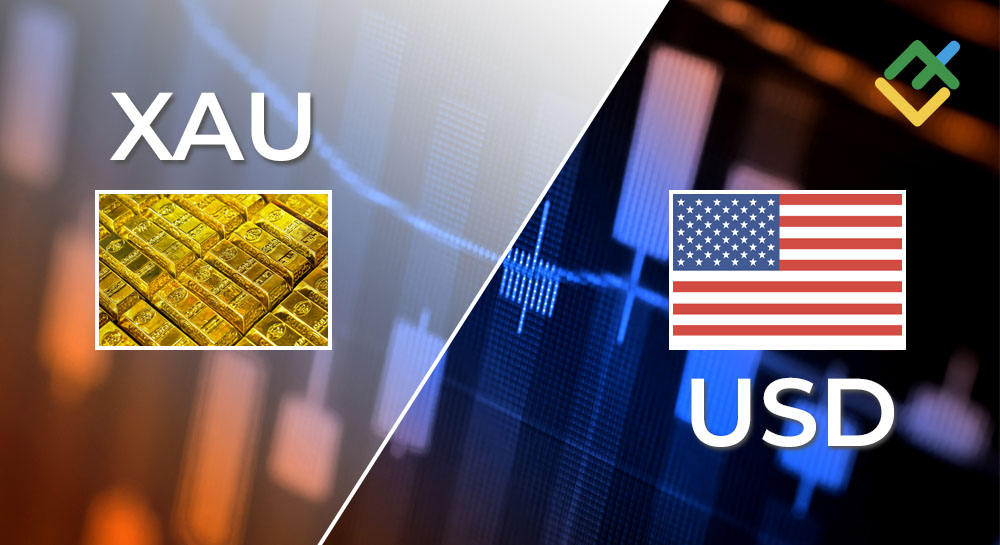eToro has announced the addition of five new cryptoassets:
LayerZero, ZKsync, Pyth, EigenLayer, and Swell.
This expansion follows the approval of a permit for eToro
(Europe) Ltd, a subsidiary of the platform, by the Cyprus Securities and
Exchange Commission (CySEC).
New Layer-2 and DeFi Assets Launched

“We’re pleased to announce the latest additions to our
cryptoasset offering,” said Omri Ross, Chief Blockchain Officer at eToro.
LayerZero enables communication between different
blockchains. ZKsync is a Layer-2 solution for Ethereum, speeding up
transactions and lowering costs. Pyth provides real-time market data for DeFi
platforms. EigenLayer enhances Ethereum’s security and efficiency through
restaking. Swell is a staking protocol for Ethereum that integrates with DeFi
platforms.
“We aim to offer our users access to a broad range of
cryptos from longer-established, more well-known names through to
‘experimental’ tokens which represent newer projects in the blockchain space,”
Ross added.
New Experimental Cryptoassets Unavailable in Select
Regions
EigenLayer and Swell are classified as experimental
cryptoassets. These assets are highly volatile, have low liquidity , and may
offer new technologies. Other experimental assets on eToro include Toncoin,
Pepe, and Official Trump. They carry higher risks, such as stability and
liquidity concerns.
To manage these risks, eToro has imposed limits on the value
of positions users can open in experimental assets, based on their eToro Club
tier.
eToro has been providing retail clients access to crypto
markets since 2013. However, the new cryptoassets are not available to users in
the United States, UAE, Germany, or Australia. The platform allows users to
buy, hold, and sell real underlying assets from over 100 cryptoassets.
eToro Gains CySEC Permit for MiCA
The CySEC
permit enables eToro to operate within the framework of the Markets in
Crypto-Assets Regulation (MiCA), which regulates the crypto market and
establishes clear rules for cryptocurrency trading, as reported by Finance Magnates.
It also ensures the platform’s compliance with MiFID, the EU
directive overseeing financial markets. These regulations are designed to
improve investor protection, increase transparency, and enhance regulatory
oversight.
eToro has announced the addition of five new cryptoassets:
LayerZero, ZKsync, Pyth, EigenLayer, and Swell.
This expansion follows the approval of a permit for eToro
(Europe) Ltd, a subsidiary of the platform, by the Cyprus Securities and
Exchange Commission (CySEC).
New Layer-2 and DeFi Assets Launched

“We’re pleased to announce the latest additions to our
cryptoasset offering,” said Omri Ross, Chief Blockchain Officer at eToro.
LayerZero enables communication between different
blockchains. ZKsync is a Layer-2 solution for Ethereum, speeding up
transactions and lowering costs. Pyth provides real-time market data for DeFi
platforms. EigenLayer enhances Ethereum’s security and efficiency through
restaking. Swell is a staking protocol for Ethereum that integrates with DeFi
platforms.
“We aim to offer our users access to a broad range of
cryptos from longer-established, more well-known names through to
‘experimental’ tokens which represent newer projects in the blockchain space,”
Ross added.
New Experimental Cryptoassets Unavailable in Select
Regions
EigenLayer and Swell are classified as experimental
cryptoassets. These assets are highly volatile, have low liquidity , and may
offer new technologies. Other experimental assets on eToro include Toncoin,
Pepe, and Official Trump. They carry higher risks, such as stability and
liquidity concerns.
To manage these risks, eToro has imposed limits on the value
of positions users can open in experimental assets, based on their eToro Club
tier.
eToro has been providing retail clients access to crypto
markets since 2013. However, the new cryptoassets are not available to users in
the United States, UAE, Germany, or Australia. The platform allows users to
buy, hold, and sell real underlying assets from over 100 cryptoassets.
eToro Gains CySEC Permit for MiCA
The CySEC
permit enables eToro to operate within the framework of the Markets in
Crypto-Assets Regulation (MiCA), which regulates the crypto market and
establishes clear rules for cryptocurrency trading, as reported by Finance Magnates.
It also ensures the platform’s compliance with MiFID, the EU
directive overseeing financial markets. These regulations are designed to
improve investor protection, increase transparency, and enhance regulatory
oversight.
This post is originally published on FINANCEMAGNATES.

